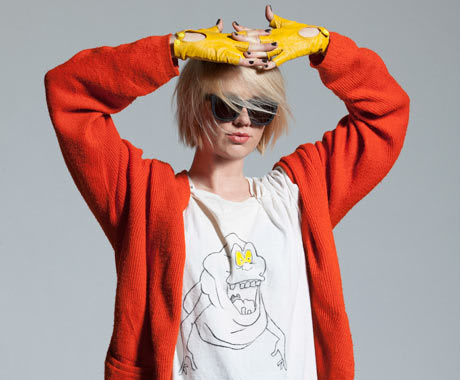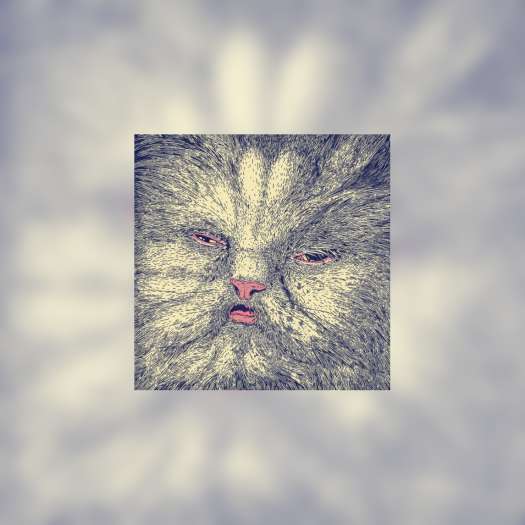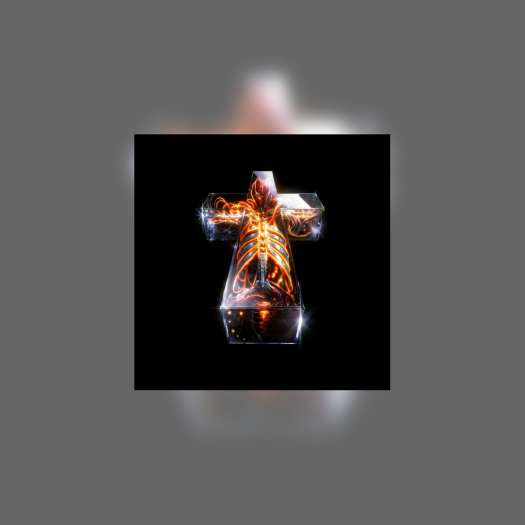The Internet has been both friend and foe for Erika M. Anderson. The rapid-fire culture of music journalism effectively turned the artist, better known as EMA, into an overnight success with the rush of praise that greeted her second solo album, 2011's Past Life Martyred Saints. But now, that same vehicle has become the cause of Anderson's paranoia.
"When the last record came out, I found myself going from someone who was not represented on the Internet to someone who was, and it was a weird experience," Anderson explains. "I was really happy about things because I was pretty much ready to quit music before that record was put in motion, but I didn't really know how to express this feeling of discomfort."
Anderson's struggle between wanting success, or at least being fed the idea of wanting viral recognition in the digital era, and being distressed by the distorted image of herself staring back at her now serves as the main thesis of her new album, The Future's Void.
A cyberpunk analysis of online culture today, Anderson channels West coast punk and noise into an ominous portrait of surveillance, selfies and detachment from one's self — all predicted before the NSA, Edward Snowden or Facebook's purchase of the Oculus Rift were announced, making Anderson almost feel like a "weird warlock that's casting spells."
It's easy to take many of Anderson's statements as contradictions, but these are just the sign of a person who, as she constantly assures, "is still trying to figure it out; that's the whole point of the album.
"It's complicated because I like seeing photos of people and I don't want to deny anyone that," she rationalizes. "If I like an artist, I want to see a photo of them, I want to see a video, but now with the ability and ease to take shitty photos of you onstage, halfway through a drink, it's like, I want to be back in a time where Robert Mapplethorpe can just take a few photos of me and that's it."
"When the last record came out, I found myself going from someone who was not represented on the Internet to someone who was, and it was a weird experience," Anderson explains. "I was really happy about things because I was pretty much ready to quit music before that record was put in motion, but I didn't really know how to express this feeling of discomfort."
Anderson's struggle between wanting success, or at least being fed the idea of wanting viral recognition in the digital era, and being distressed by the distorted image of herself staring back at her now serves as the main thesis of her new album, The Future's Void.
A cyberpunk analysis of online culture today, Anderson channels West coast punk and noise into an ominous portrait of surveillance, selfies and detachment from one's self — all predicted before the NSA, Edward Snowden or Facebook's purchase of the Oculus Rift were announced, making Anderson almost feel like a "weird warlock that's casting spells."
It's easy to take many of Anderson's statements as contradictions, but these are just the sign of a person who, as she constantly assures, "is still trying to figure it out; that's the whole point of the album.
"It's complicated because I like seeing photos of people and I don't want to deny anyone that," she rationalizes. "If I like an artist, I want to see a photo of them, I want to see a video, but now with the ability and ease to take shitty photos of you onstage, halfway through a drink, it's like, I want to be back in a time where Robert Mapplethorpe can just take a few photos of me and that's it."




